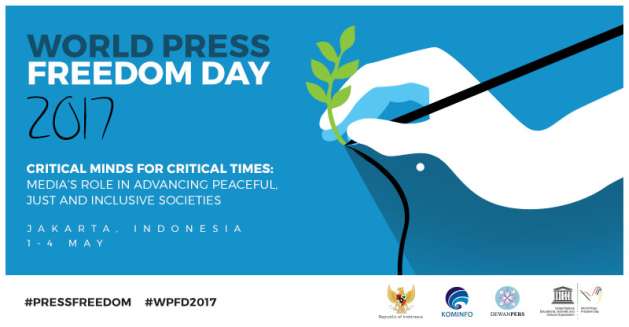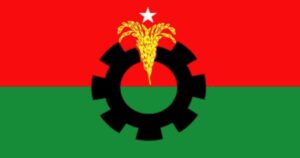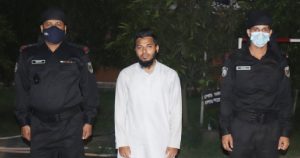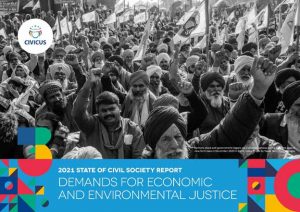The theme of the 2018 celebration highlights the importance of an enabling legal environment for press freedom, and gives special attention to the role of an independent judiciary in ensuring legal guarantees for press freedom and the prosecution of crimes against journalists. The 2018 theme also addresses the role of the media in sustainable development, especially during elections – as a watchdog fostering transparency, accountability and the rule of law.
Within the UN’s Sustainable Development Goals making up its 2030 Agenda, the contribution of journalists and media workers is linked to SDG 16 on peace, justice and strong institutions.
In order to reach this goal, effective, accountable and transparent institutions at all levels must be developed, and press freedom. Essential to this is the right of all people in general, and journalists in particular, to use media platforms for public communication.
On the occasion of World Press Freedom Day 2018, this IPS special report brings news and views from around the world.
“On World Press Freedom Day 2018, I call on governments to strengthen press freedom, and to protect journalists. Promoting a free press is standing up for our right to truth.” -António Guterres, United Nations Secretary-General
Only 13% of the world population enjoys a free press, where coverage of politics is robust, the safety of journalists is guarateed, and state intrusion in media affairs is minimal. A partly free press to 42% of the world population. The remaining 45% lives in countries where a free press is non-existent (“New Report: Freedom of the Press 2017”). Political and economic transformations of some countries alongside their technological developments place new restrictions on press freedom.
Governments of these countries tend to implement restrictive laws and censorship on freedom of press, usually justifying these actions as a necessary tool for national security against terrorism. Apart from violating the right of freedom of expression, these restrictions place higher risks of violence, harassment and death on journalists.
Since the year 2000, annual incarceration of journalists has continued to increase globally, with many of them never seeing the inside of a courtroom. In 2017, 81 journalists died whilst committed to their jobs – 66% of them were murdered.
According to the 2017 World Press Freedom Index, violence and restrictions against media freedom has risen by 14% in the time period of 2012-2017. At the same time, since 2016, media freedom in countries where it was ranked as “good” decreased by 2.3%.
Among the countries that suffered the largest declines on the report’s 100-point scale in 2016 were Poland (6 points), Turkey (5), Burundi (5), Hungary (4), Bolivia (4), Serbia (4), and the Democratic Republic of Congo (4).
The world’s 10 worst-rated countries and territories were Azerbaijan, Crimea, Cuba, Equatorial Guinea, Eritrea, Iran, North Korea, Syria and Turkmenistan.- IPS




